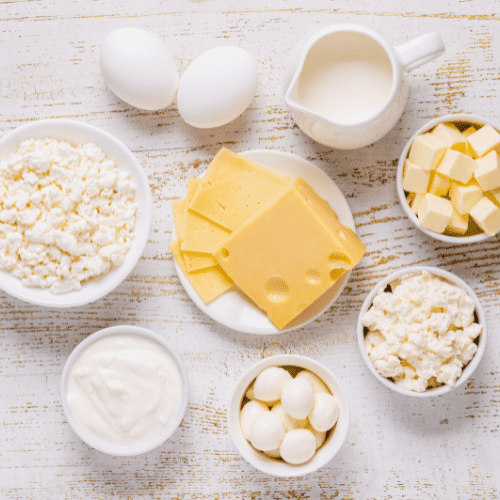Cream is a dairy product that has an incredibly high fat content, which makes it more stable than milk. However, boiling cream can still break or curdle on the way to boiling and require a little attention in order to prevent this from happening. This blog post will teach you how to bring heavy cream to a boil so that you don’t have any problems with your recipe!
2 easy steps to boiling your cream

Step one boiling cream.
It’s important to use a saucepan that is large enough for the liquid. The cream will expand rapidly once it boils, so you want to avoid any spills or scorch marks on your stovetop and surrounding areas.
A heavy-bottomed pan like ceramic can distribute heat more evenly than thinner pans with aluminum bottom covers which may cause uneven cooking in some spots of the pot while others remain cold if they are not heated directly by the flame underneath them.
Step two boiling cream.
Every 1 minute of so stir/whisk the liquid for another few minutes until it starts boiling evenly.
Watch the heating cream closely and remove the saucepan from the heat as soon as your cream starts boiling, you see that bubble start to form, because this is when your sauce will expand rapidly!
Some extra Pro tips:
- When bringing cream to boil, never cover it with a lid. Moisture from steam will accumulate on the lid and water could fall into your precious cream.
- When you’re boiling your cream to reduce it, take the heat down a notch so that it’s not bubbling as rapidly. Keep stirring often and watch for when your reduced liquid starts to thicken up! You don’t want any more than half of the original volume left
How to fix curdle or broken cream(sauce): 2 easy methods
- Though it may not be pretty, the simplest solution is to add some cold cream when your heavy whipping cream looks like its breaking. This will help stabilize the consistency of this mixture and make sure you don’t end up with a lumpy concoction that’s difficult to use for culinary purposes!
- If your cream starts to break or curdle and is supposed to be added as an ingredient in a sauce, you can always add some cornstarch or flour. This will also help stabilize the mixture so that it doesn’t separate again!

Different types of cream.
- Heavy cream: The heavy cream is the original version of whipping cream, with a fat content of 36% to 40%. It’s perfect for high-end desserts and liquefying sauces. It will also whip up into a lighter consistency than light whipping creams as it has more butterfat (along with increased stability). Heavy Cream can be cooked to make custard or crème anglaise!
- Light Cream: With half the fat content at 18%, this type of whipped topping is ideal if you’re looking for something that incorporates less calories without sacrificing flavor. You’ll find it in many recipes due to its versatility – from sweet to savory dishes! Light cream breaks down faster when subjected to heat, so be sure to follow the tips above.
- Whipping Cream: This is the most versatile version of whipped cream, with a fat content at 30%. It has just enough butterfat to whip up into soft peaks and it can be used in many types of baking. Whipped cream tends not to break as quickly when subjected to heat, so don’t worry if you haven’t quite reached boiling point!
- Clotted cream: at least 55% milkfat. Clotted cream is a rich and slightly sweet dish that’s created by heating heavy cream in shallow pans for hours. The creamiest of the fatty part rises to the surface and forms into masses called ‘clots’. You’ll be hard-pressed to find any other food type as decadent or luxurious as this one!





